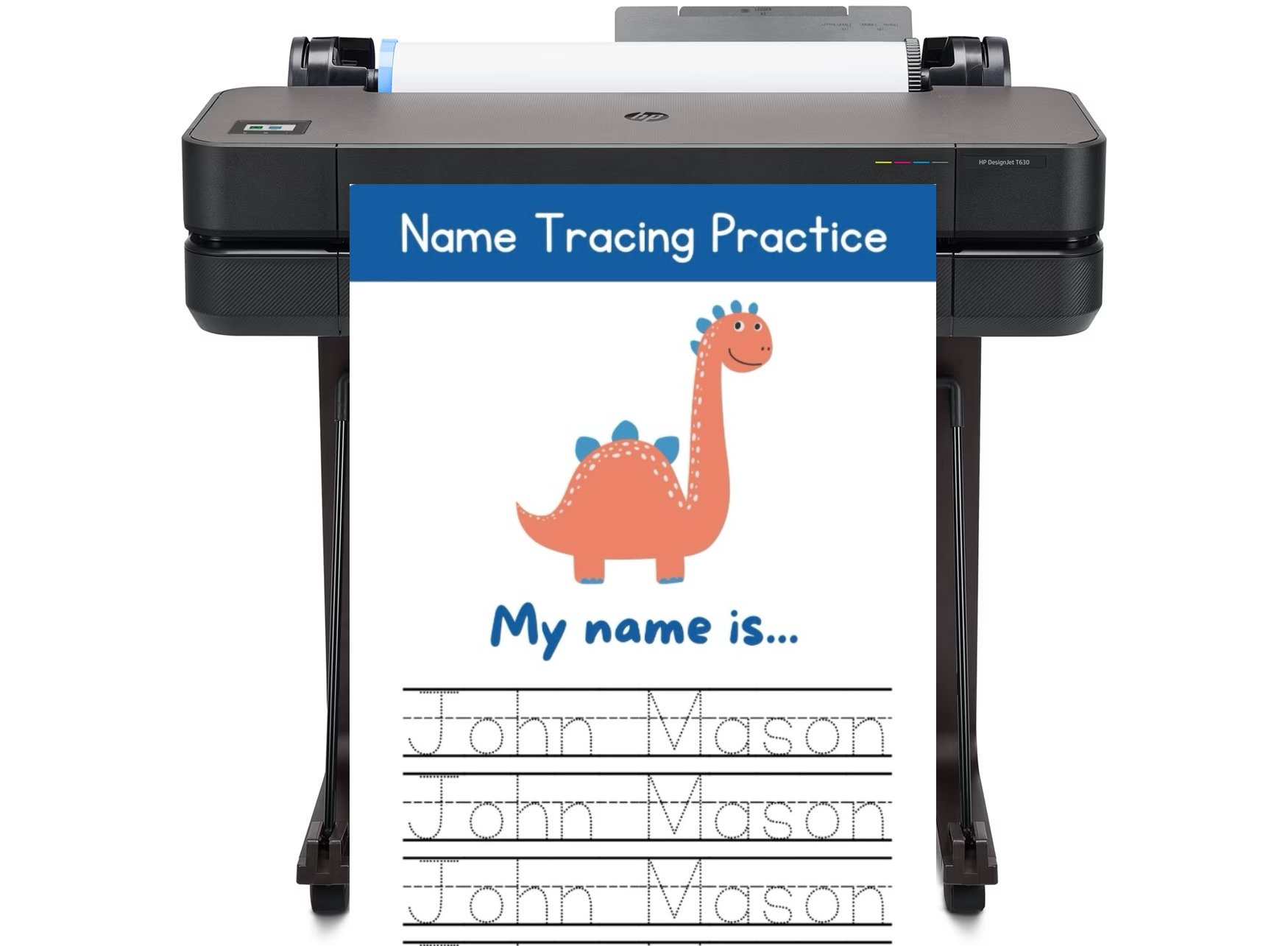
DISCOUNTED EDUCATION PRICING! CALL 1-877-891-8411. We Gladly Accept School Purchase Orders!

Teachers today face the exciting challenge of blending time-tested classroom tools with modern technology to create dynamic, inclusive learning environments. Anchor charts, those colorful visual aids that anchor student learning, and artificial intelligence (AI), with its ability to streamline tasks and personalize instruction, are a powerful duo for educators. This blog post is a resource hub for K-12 teachers, instructional coaches, and education enthusiasts looking to combine anchor charts for classroom instruction with AI tools for teaching to foster engaging, effective, and inclusive classrooms. Below, we explore practical strategies, real-world examples, and actionable tips to help you integrate these tools seamlessly, saving time and boosting student success.
Anchor charts are visual learning tools that teachers create to reinforce key concepts, routines, or strategies. Whether it’s a chart outlining the steps of the writing process, a math anchor chart for fractions, or a classroom expectations guide, these posters serve as reference points for students. They make complex ideas clear, support visual learners in the classroom, and provide consistency for students with diverse needs, including English language learners and those in special education.
Why do anchor charts matter? They tap into multiple learning styles, particularly visual and kinesthetic, helping students internalize information. They encourage independence by giving students a go-to resource during lessons. Plus, when students contribute to creating charts, it fosters ownership and engagement, making learning more meaningful.
Artificial intelligence is changing the way teachers work by automating repetitive tasks and personalizing learning. Tools like MagicSchool, SchoolAI, and teacherbot.io are used in millions of classrooms to generate lesson plans, create interactive activities, and provide personalized student support. AI can analyze student data to tailor instruction, suggest activities, or even design teaching resources, freeing up time for teachers to focus on what matters most: connecting with students.
When paired with anchor charts, AI becomes a game-changer, enhancing the creation process, adding interactivity, and ensuring charts meet diverse student needs. This combination bridges traditional teaching methods with modern technology, offering a practical way to elevate classroom instruction.
Why integrate anchor charts with AI tools? Here are five key benefits for teachers and students:
This synergy creates engaging classroom resources that are both practical and innovative, helping teachers meet the needs of every student.
Here are seven actionable ways to combine anchor charts with AI tools to enhance your teaching, complete with examples and tips for implementation:
AI tools like MagicSchool or teacherbot.io can generate anchor chart templates based on your lesson goals. For example, a 4th-grade teacher creating a math anchor chart for decimals can input the objective into an AI tool and receive a ready-to-use layout with visuals and key terms. Customize it with student input to boost engagement.
Example: Use ChatGPT to generate a template for a reading comprehension anchor chart with prompts like, “Create a chart for teaching main idea and supporting details.” Add student-drawn examples to make it collaborative.
Tip: Save templates in a digital folder for reuse across units or grade levels.
Turn static charts into interactive learning tools by adding AI-generated elements. For instance, create a science anchor chart for the water cycle with a QR code linking to an AI-generated quiz on Quizizz. Students can scan the code to practice concepts, reinforcing the chart’s content.
Example: A vocabulary anchor chart for a novel study could include a QR code to a SchoolAI chatbot that prompts students to use new words in sentences, providing instant feedback.
Tip: Use free QR code generators to link charts to AI-driven activities, keeping students engaged.
AI excels at personalized learning. Use tools like MagicSchool to create anchor charts tailored to specific needs. For example, an AI-generated visual schedule can support special education students with clear, image-based steps. For English language learners, AI can translate chart text into multiple languages.
Example: A 2nd-grade teacher used teacherbot.io to create a phonics anchor chart in English and Spanish, helping bilingual students master letter sounds.
Tip: Involve students in the design process to ensure charts reflect their needs and learning styles.
Introduce students to AI in an accessible way using anchor charts. Create a “What is AI?” chart to explain concepts like chatbots or machine learning with simple visuals, such as a flowchart showing how AI processes information.
Example: A middle school science anchor chart could illustrate how AI analyzes data for weather predictions, paired with an AI-generated simulation students can explore.
Tip: Keep language age-appropriate and use analogies (e.g., “AI is like a super-smart librarian”) to make concepts relatable.
Anchor charts are perfect for classroom routines. Use AI to design charts for procedures, like a video conferencing etiquette chart for virtual learning. AI tools can suggest clear, concise rules based on grade level.
Example: A behavior expectations anchor chart created with Canva’s AI Magic Design can include colorful icons to make rules visually appealing for young learners.
Tip: Display digital versions of management charts on classroom screens for easy reference.
Keep anchor charts fresh by using AI to update content regularly. For example, a weekly vocabulary chart can be refreshed with new terms suggested by ChatGPT based on upcoming lessons.
Example: A 5th-grade teacher used SchoolAI to update a social studies anchor chart with key terms for a unit on ancient civilizations, keeping it relevant throughout the unit.
Tip: Schedule 10 minutes weekly to revise charts using AI suggestions, ensuring they stay current.
Engage students by letting them co-create anchor charts with AI support. Use AI to generate a base design, then have students add drawings, sticky notes, or examples. This fosters ownership and reinforces learning.
Example: A writing process anchor chart could start with an AI-generated template, with students adding examples of brainstorming ideas or peer feedback.
Tip: Use collaborative tools like Google Jamboard to create digital charts with student input.
Teachers are already seeing results with anchor charts and AI. A 3rd-grade teacher in Texas used SchoolAI to create a multiplication anchor chart with interactive elements, leading to a 25% improvement in student quiz scores. A special education teacher in New York used teacherbot.io to design a visual schedule anchor chart, reducing classroom transitions by 20% for students with autism.
These examples show how AI-enhanced anchor charts can drive student engagement and classroom efficiency.
Here are solutions to common issues when using anchor charts and AI:
Explore these platforms to create AI-enhanced anchor charts:
To add more value, here are additional resources to support your journey:
The combination of anchor charts and AI offers a practical, innovative way to create inclusive, engaging classrooms. By leveraging AI tools for teaching, educators can design visual learning aids that save time, meet diverse needs, and boost student engagement. Whether you’re a K-12 teacher, instructional coach, or education enthusiast, start small—try one AI-generated anchor chart for a math lesson or classroom routine. Share your creations with colleagues, experiment with new tools, and watch your classroom come alive.
Call to Action: Have you tried anchor charts with AI in your classroom? Share your ideas in the comments, or sign up for our newsletter for weekly anchor chart templates and AI teaching tips to inspire your next lesson!